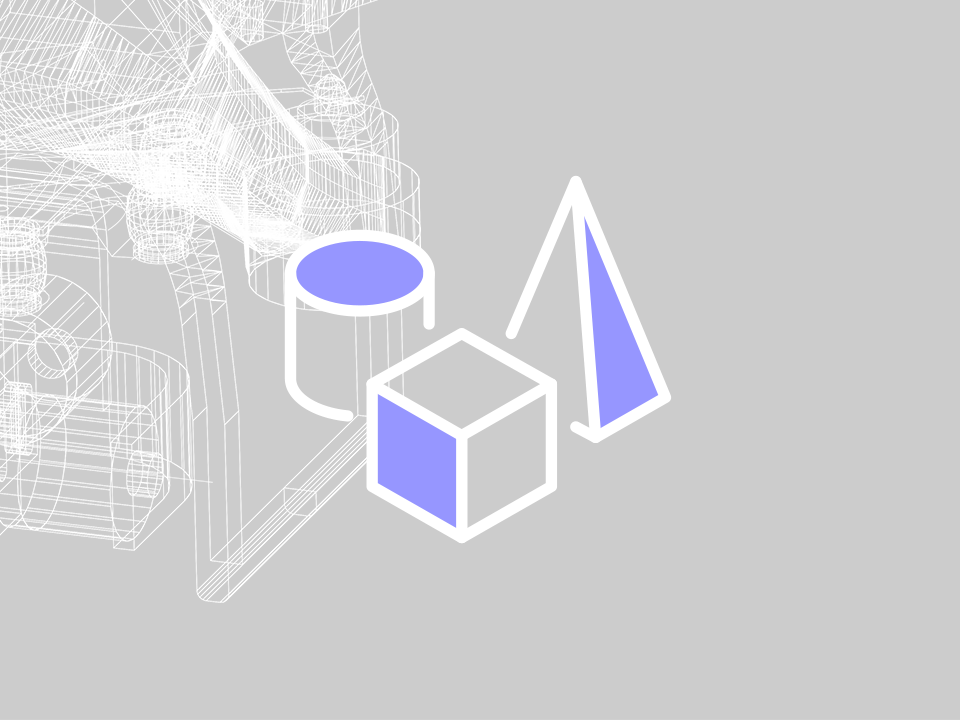Digital twin
The use of digital twin technology requires the following steps:
- System model
- The multi-domain 1D system model includes mechanical, aerodynamic, thermal, and electrical design and complex control. The result is a basic UAV concept for a given flight weight, speed, desired range, and operating conditions. Determination of the required power, number of power units, battery capacity and type, and design of appropriate materials and mechanical layout.

- The multi-domain 1D system model includes mechanical, aerodynamic, thermal, and electrical design and complex control. The result is a basic UAV concept for a given flight weight, speed, desired range, and operating conditions. Determination of the required power, number of power units, battery capacity and type, and design of appropriate materials and mechanical layout.
- Numerical simulations
- Refinement and design of individual components. Using CFD simulations of the flow, we determine accurate take-off and flight characteristics, while FEA calculations help us to optimize the mechanical design to achieve the lowest possible weight at a given load. ELMAG calculations will help us verify the performance characteristics of the supplied propulsion units or enable the design of custom propulsion units. The virtual models thus obtained will help us refine the system model from which we will create a digital twin of the UAV.

- Refinement and design of individual components. Using CFD simulations of the flow, we determine accurate take-off and flight characteristics, while FEA calculations help us to optimize the mechanical design to achieve the lowest possible weight at a given load. ELMAG calculations will help us verify the performance characteristics of the supplied propulsion units or enable the design of custom propulsion units. The virtual models thus obtained will help us refine the system model from which we will create a digital twin of the UAV.
- Validation
-
The digital twin model is tested for real operating conditions using the Sil and Hil method in conjunction with the autopilot. We will find out how the aircraft will behave in service at a given speed, during a climb or descent, and given weather conditions. We thus verify the sustainability of the design by digital simulation without the need to produce a flying prototype. This entire process saves significant time and allows us to deliver a better-quality design faster.
-
- Implementation
- The digital twin is installed on the edge device of the UAV, where it continuously collects flight data and compares it with its own calculated data. This process leads to its refinement and more accurate prediction of potential failures.

- The digital twin is installed on the edge device of the UAV, where it continuously collects flight data and compares it with its own calculated data. This process leads to its refinement and more accurate prediction of potential failures.




